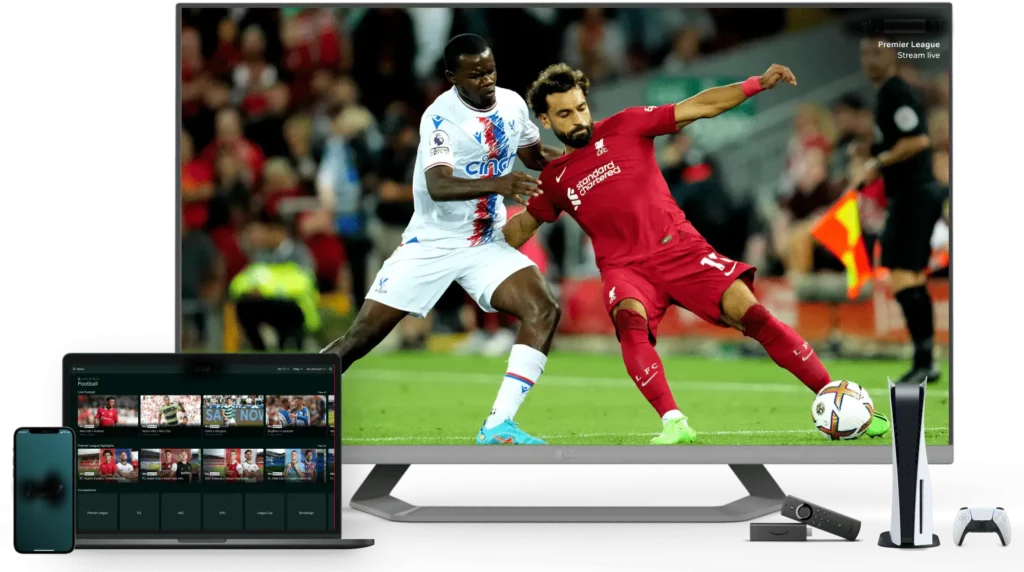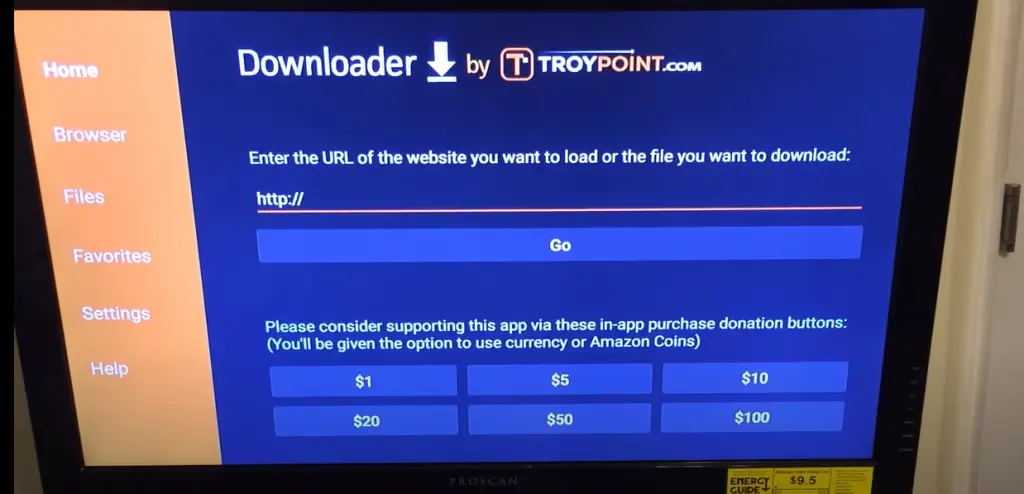How Does IPTV Work?
IPTV, or Internet Protocol Television, has witnessed an explosive growth in popularity in recent years owing to its ability to deliver live and on-demand video content over internet protocol networks. This technology has revolutionized the way we consume media, and offers distinct advantages over traditional broadcasting methods. In this article, we will explore the various aspects of IPTV and discuss how it works.
Types of IPTV
Before we delve into the technical workings of IPTV, it is crucial to understand the different types of IPTV services currently available. There are three primary types of IPTV, namely, live television, time-shifted television, and video on demand.
Live television or broadcast IPTV is delivered in real-time, where viewers can tune in to watch their favourite channels as they are being broadcasted. Time-shifted television is the service that allows users to replay and record content that they missed while it was being broadcast live. Finally, video on demand, or VoD, allows users to choose what they want to watch and when, and is not limited to specific broadcast timings.
How Does IPTV Work?
IPTV works by using internet protocol networks to deliver video content to viewers. Unlike traditional broadcasting methods, IPTV uses a set-top box or a smart TV to access content through a LAN or the internet connection. The content is transmitted as packets of data rather than through conventional broadcasting methods such as cable, satellite, or antenna.
When a user accesses an IPTV service, the set-top box or smart TV sends a request to the server, which then asks the information from the source. The requested content is then transmitted in the form of a data stream and is divided into small packets that are reassembled on the user’s device. This data stream is then decoded into video content, which is displayed on the user’s screen in real-time.
Advantages of IPTV
One of the benefits of IPTV is its ability to deliver content to any device with an internet connection. This means that a user does not have to be in a specific location to access their favourite shows, as long as they have internet access. Additionally, IPTV services can offer a more personalized approach to content delivery by providing viewers with a choice of shows that they are interested in, instead of limited programming like traditional broadcasting.
Another advantage of IPTV is the ability to offer a high-definition viewing experience. This is because IPTV services use internet protocol networks, which are not limited by bandwidth constraints, and therefore, can provide better quality video.
Conclusion
In conclusion, IPTV is an innovative technology that has completely changed the way we consume media. With the use of internet protocol networks, IPTV has managed to break the limitations of traditional broadcasting methods. The ability to offer a personalized, high-definition viewing experience to users is an excellent example of how technology can be leveraged to improve our lives.
Get your subscription today: iptvuk.uk






